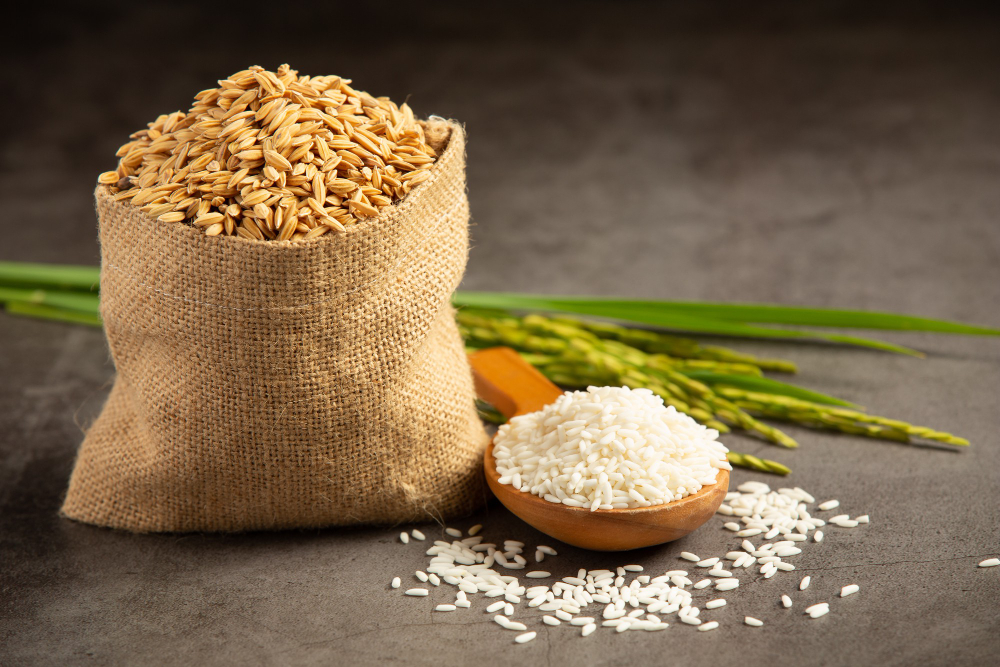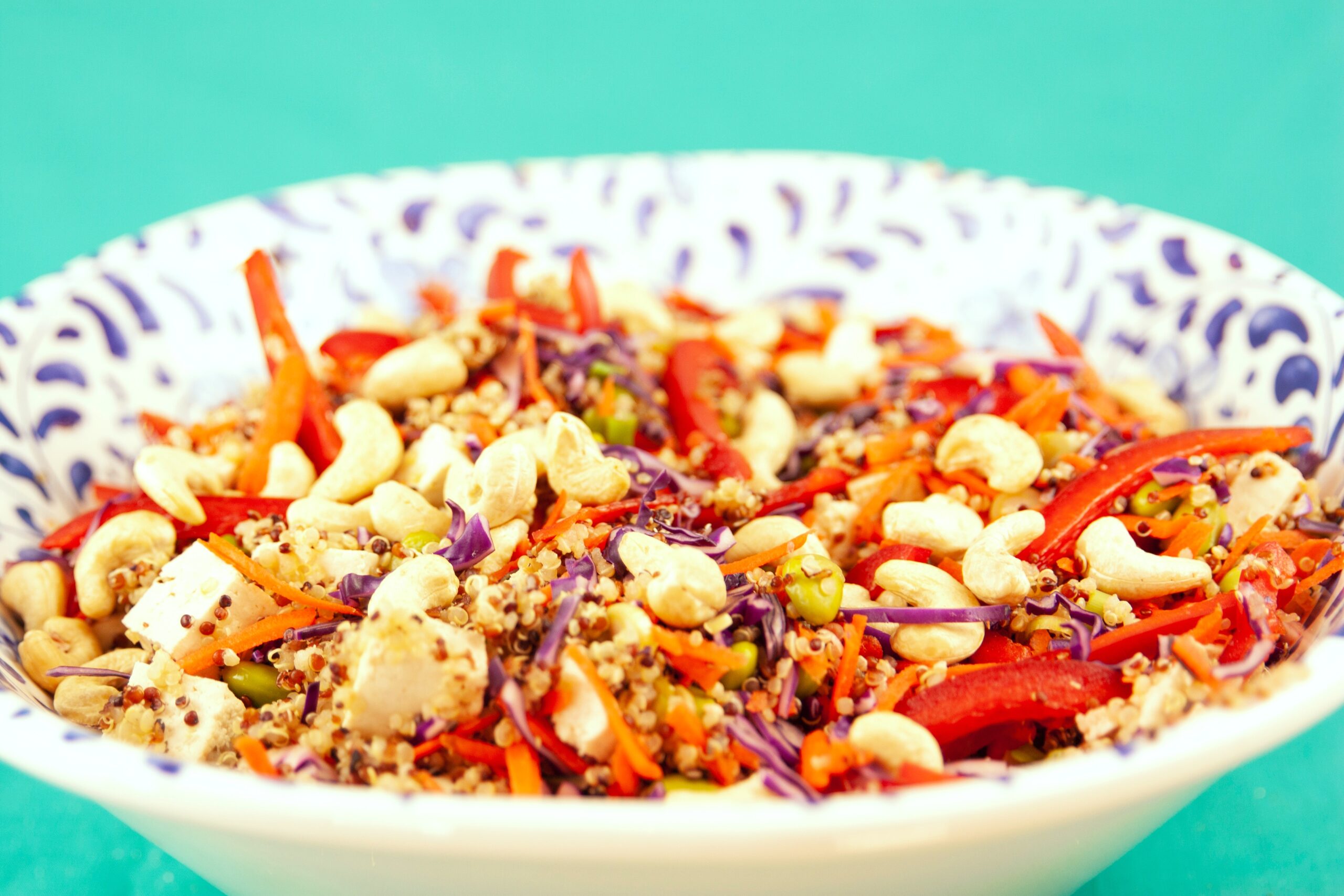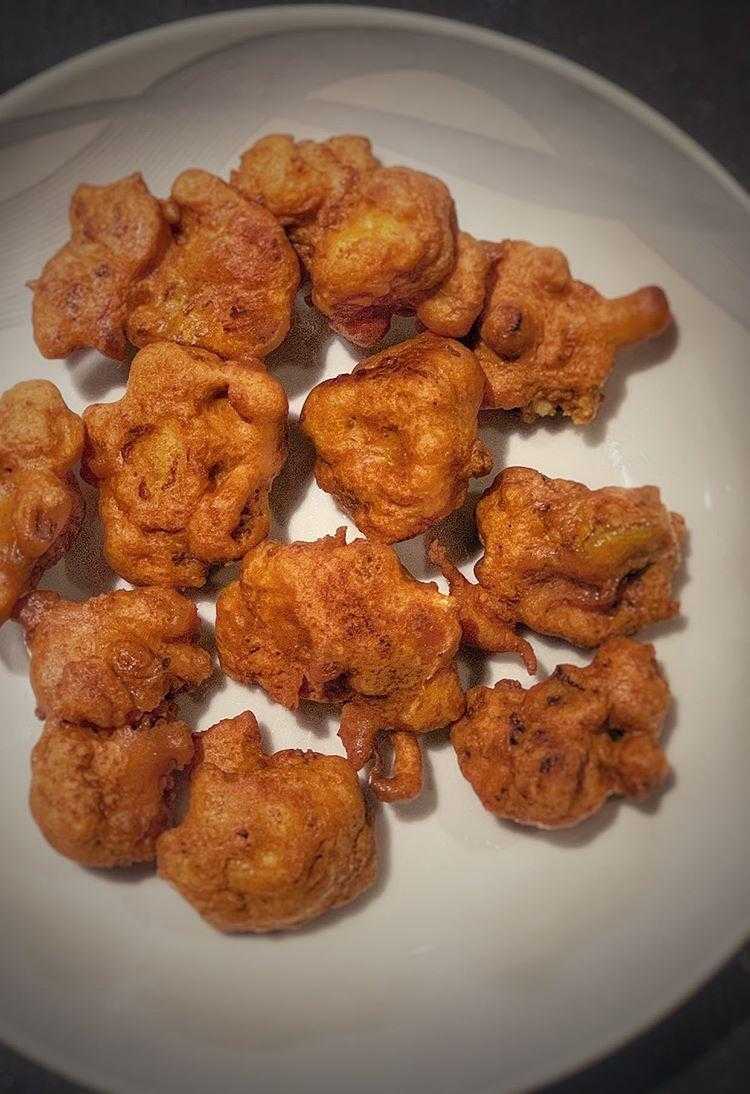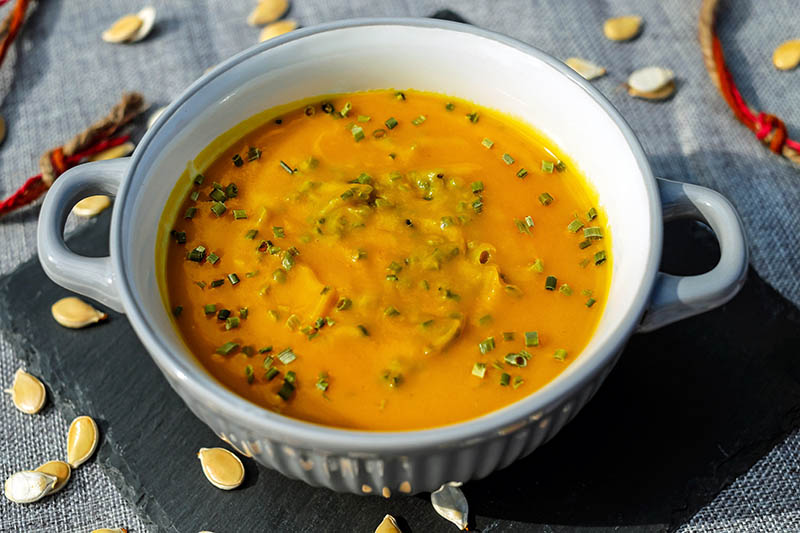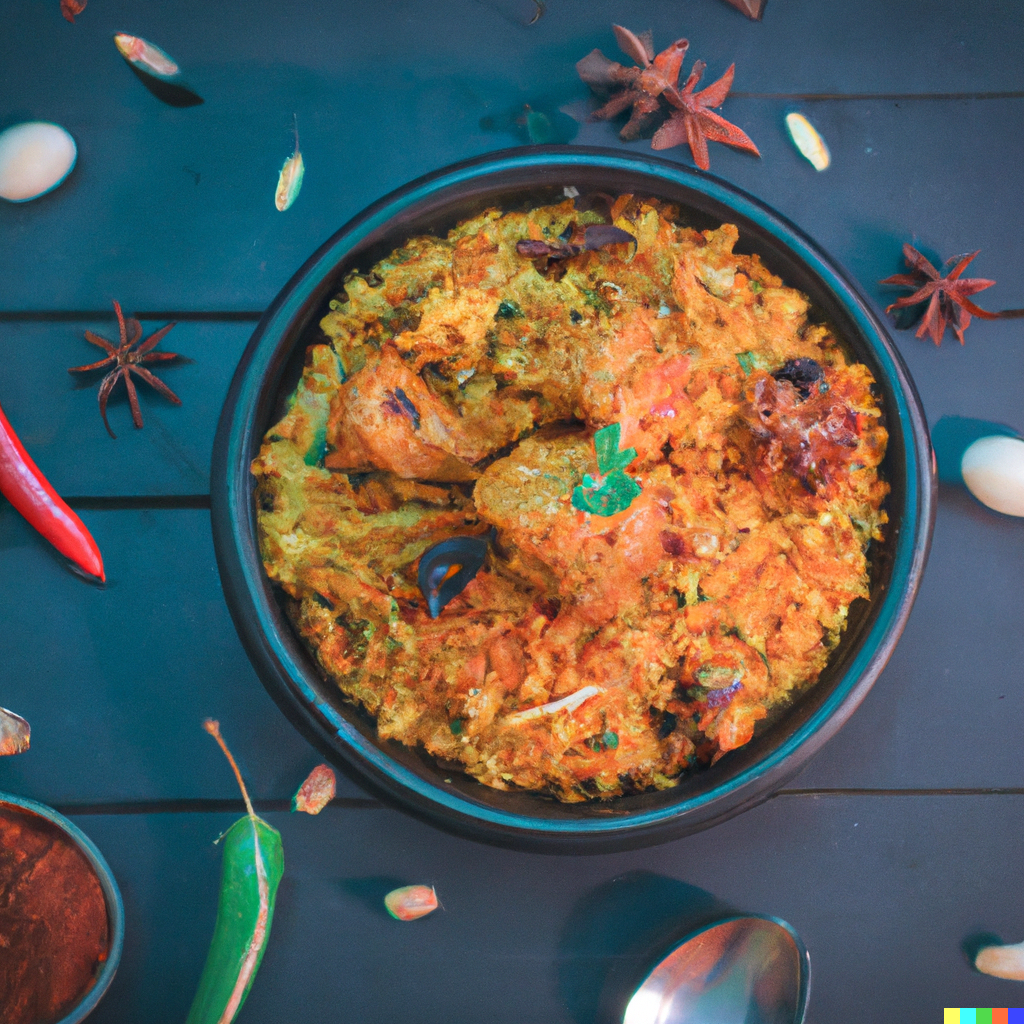Lately millets have seen a renewed interest. Cultivated for thousands of years in various parts of the world, they are particularly seen in Africa and Asia. Millets are incredibly versatile. They be used in a wide range of dishes, from porridges and flatbreads to salads and soups. They are also highly nutritious and beneficial for human health in many ways. Read to explore the history of millets and how millets in modern diets have become the new norm.
History of Millets
Archaeological evidence suggests millets were first domesticated in Asia around 10,000 years ago. An important staple food in many cultures, particularly in India and Africa, where they are still widely consumed today. Millets were particularly popular in India before the advent of modern farming practices. Lately, a renewed interest in millet in India and elsewhere has made millets in modern diet quite a commonplace thing.
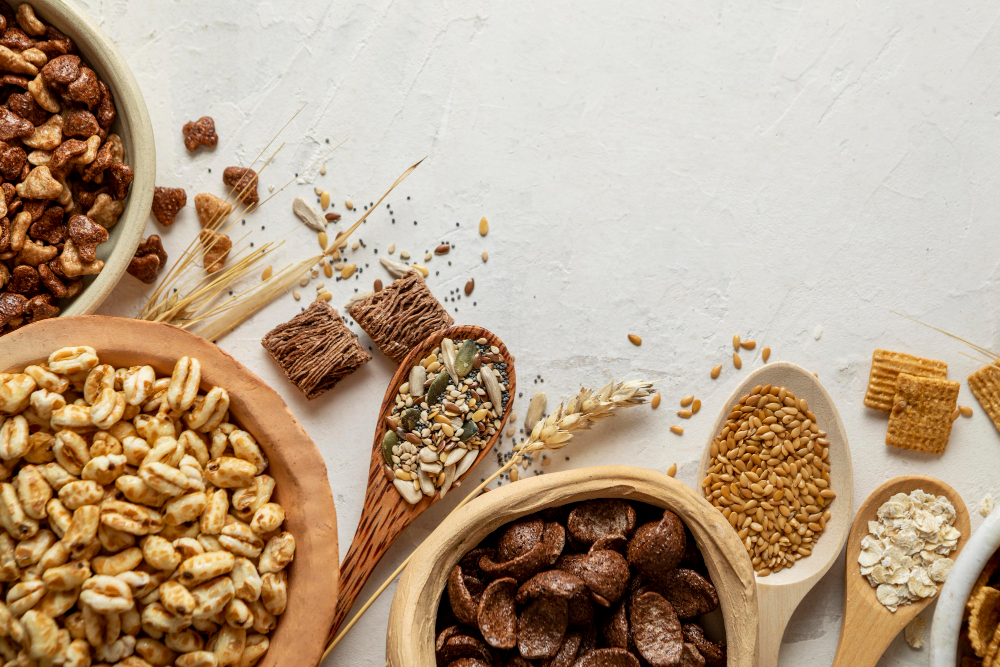
Nutritional Benefits of Millets
Millets are highly nutritious and rich in a range of vitamins and minerals. They are particularly high in fiber, and are also a good source of protein. Millets are also a good source of B vitamins, and minerals such as iron, magnesium, and phosphorus.
They are gluten-free, making them an excellent alternative for people with celiac disease or gluten sensitivity. Millets also have a low glycemic index, so they do not cause a rapid increase in blood sugar levels. This makes them an excellent food for people with diabetes or those looking to manage their blood sugar levels.
Reintroducing Millets into Modern Diets
Despite their many nutritional benefits, millet has been largely neglected in modern diets. The renewed interest in millets is because of both their nutritional benefits and for their environmental sustainability. Millets are incredibly resilient and can grow in areas with low rainfall or poor soil quality. This makes them an excellent crop for small farmers and regions affected by climate change.
In addition, millets are highly versatile and can be used in a wide range of dishes. Ground them into flour and make flatbreads and pancakes, or cook as a side dish or in salads and soups. Millets can also be popped like popcorn and used as a healthy snack. This is how millets in modern diets have started shaping up.
To promote the use of millets in modern diets, there have been several initiatives aimed at reintroducing millets to consumers. These include awareness campaigns, cooking demonstrations, and collaborations between farmers, chefs, and food companies to develop new millet-based products. Some governments have also launched programs to promote millet cultivation.
Millets are a group of highly nutritious and versatile grains that have been cultivated for thousands of years. Despite their many benefits, millets have been largely neglected in modern diets.
Also Read: Indian Millets: This Year’s Superfood!
We hope that these ancient grains will find a new place in modern diets, bringing the old into the new.
